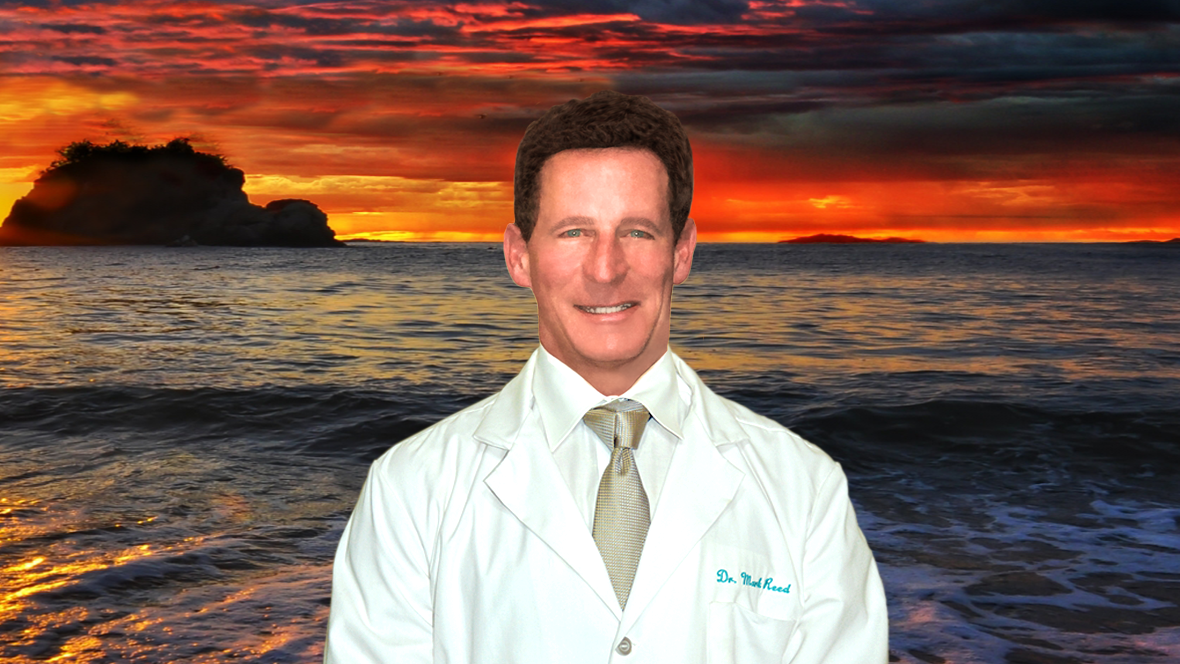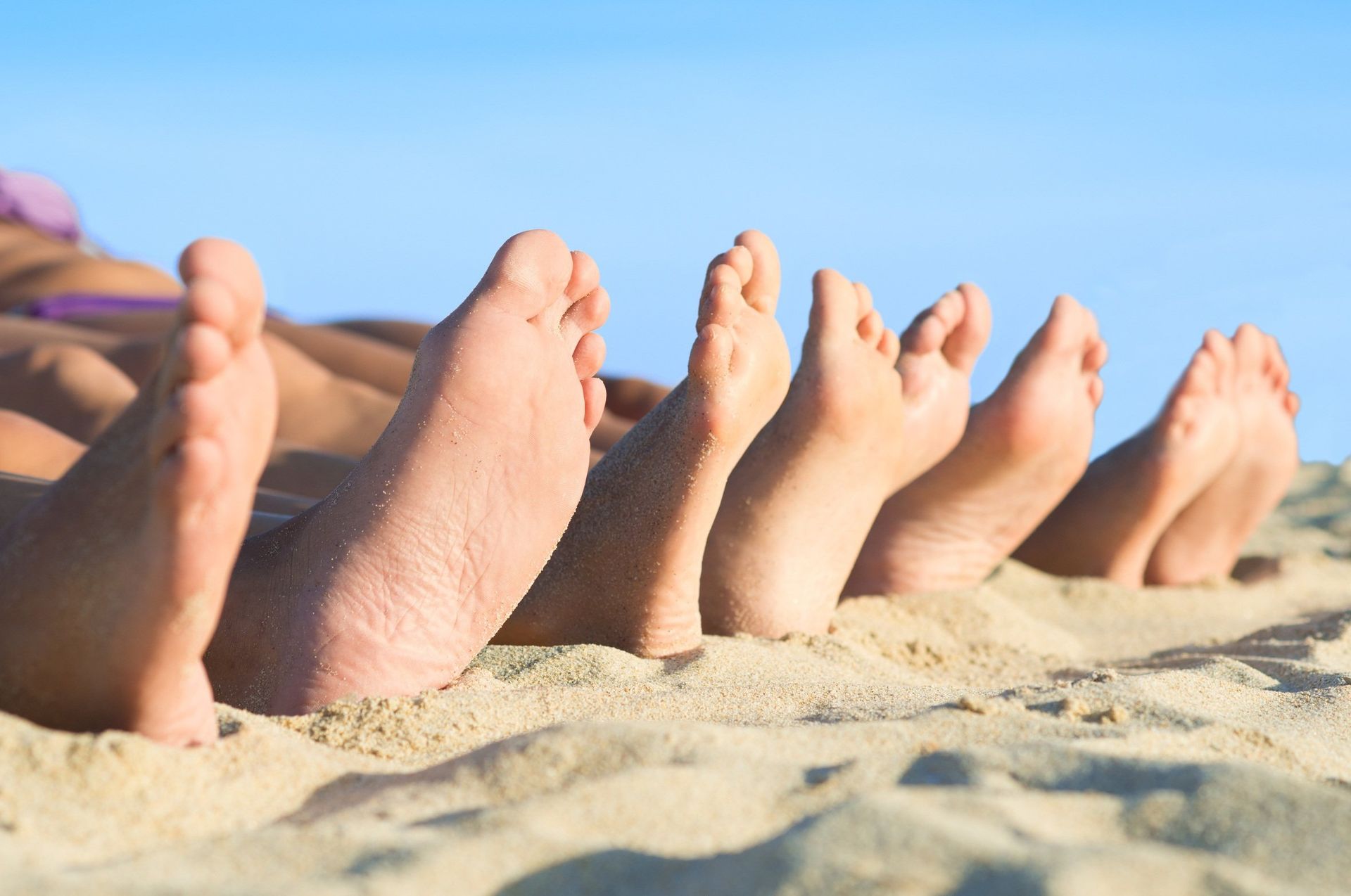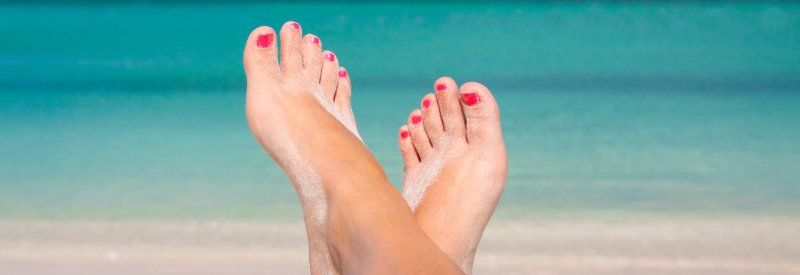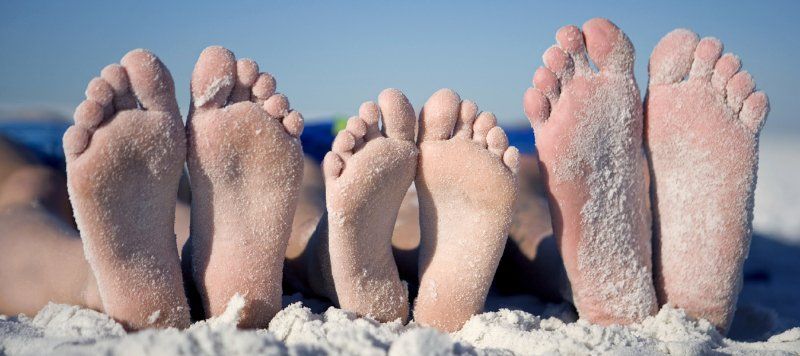Call Now -- Be Seen Today!
714-528-3668
Info@Podiatry.Care
Preventing Foot Problems
By becoming educated about
different problems that occur in the foot combined with using
a little common since, many foot problems can be prevented. Most
foot problems are caused by abuse and neglect. The following
list is intended as a guide to help prevent the most common foot
problems.
Medical Visits:
Considering
that your feet are not supposed to hurt during your lifetime,
report any foot pain or discomfort to your Podiatrist if the
problem appears to be progressive or you are unable to walk on
the foot.
Newborns, Infants and
Those Over 50:
Children should
have their feet checked by a Podiatrist if any problems with
walking is observed such as frequent tripping or in toeing is
noted early in life. Many Pediatricians do not routinely
evaluate the feet as part of a normal checkup. If you are
50 years of age or older, you should have a foot examination
to insure that any foot problem is anticipated and corrected
prior to the problem affecting your ability to walk and / or
run.
Exercise and Your Feet:
For exercise, walking
is an excellent activity provided you do not have diabetes or
a vascular problem with your feet. Walking contributes
to your general health by improving circulation, contributing
to weight reduction and promoting all-around well-being.
In regards to sports, especially with children younger than 10
years of age, proper technique in all sports must be emphasized.
Because a cold muscle is prone to injury, warming up before participating
in sports is important for all ages.
Youth Sports:
Specialization
in sports, where only one sport is played year around, should
be saved until the late teens when the growth plates are closing
and the ligaments are stronger to prevent injury from overuse
stress on the tissues. This has been supported in many studies.
Buying Footwear:
Generally, avoid walking barefoot
if you or your child is prone to being flat footed. By using
a supportive shoe, this will help prevent the progression of
acquired toe deformities such as bunions and hammertoes.
In performing sports, select motion control type athletic shoes.
Review the guides on woman's shoes and men's shoes in the Information
Center for more information on shoe recommendations. Shop
for shoes in the afternoon when your feet tend to be their most
swollen. Have your feet measured every time you purchase
shoes and always the fit while standing in the shoe. Try
shoes on both feet to insure the shoes fit. Generally,
high-hells over one and a half inches in height should be avoided.
The problem with high-heels, that are over one and a half inch
in height, is due to the twisting in the forefoot that occurs
that can accelerate bunions and hammertoes. If you buy
a new pair of shoes, try wearing the shoes for only half a day
or an hour around the house prior to wearing the shoes for an
entire day. If the shoes cause the toes to hurt after a
trial wear, return the shoes for a half size to full size larger
in width. Since corns and calluses are caused by friction
from the shoe rubbing against the skin of the foot, sometimes
having a shoe stretched can stop a callous or corn form forming.
Generally, shoes should be alternated each day to allow the shoe
to completely dry out before it is re-used. Because most
athletic shoes come with a foam insole that is removable, the
insole should be replaced with a sports pad. The Dr. Scholl's
sport gel pads are inexpensive and do an excellent job of absorbing
ground pressures. In trying on new shoes, if you find the
width of the feet is increasing, an examination by a Podiatrist
is indicated to help prevent the continued widening of the feet.
Toenail Tips:
Generally you can prevent ingrown
toenails by trimming the nail straight across so the corners
cannot push themselves into the skin. Generally, the length
of the toenail should be slightly longer than the tips of your
toes. When obtaining pedicures, bring your own set of instruments
with you and clean the instruments after each use to insure that
you do not pick up an infection in the process of having a nail
pedicure.
DISCLAIMER: MATERIAL ON THIS SITE IS BEING PROVIDED FOR EDUCATIONAL AND INFORMATION PURPOSES AND IS NOT MEANT TO REPLACE THE DIAGNOSIS OR CARE PROVIDED BY YOUR OWN MEDICAL PROFESSIONAL. This information should not be used for diagnosing or treating a health problem or disease or prescribing any medication. Visit a health care professional to proceed with any treatment for a health problem.













